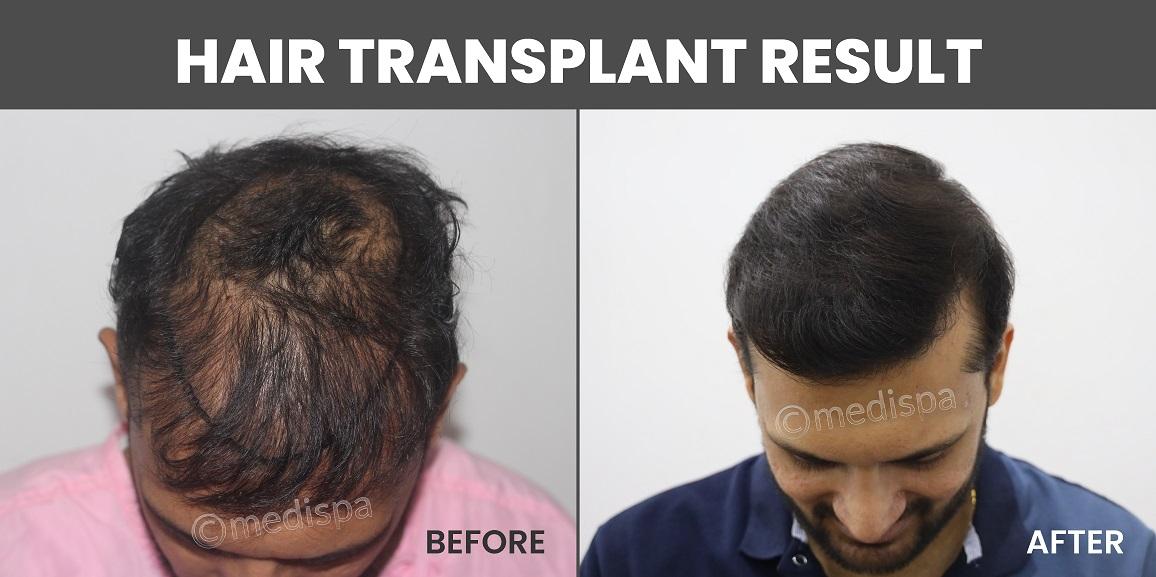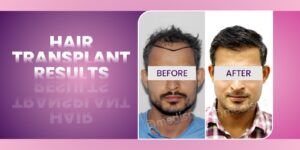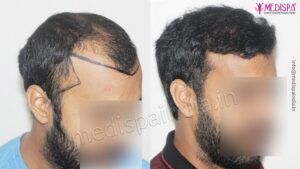
When most people think about hair transplants, they often picture the obvious looking unnatural-looking hairline, but this is not the reality. The hair transplant techniques have significantly improved over the last decade. Now we have a highly advanced, outpatient procedure that uses micrografting to move your own healthy hair follicles to areas of thinning or baldness.
You might have heard before about a hair restoration method that produces natural-looking results and can allow for durability. This is generally regarded as a permanent solution to hair loss. For someone who has already begun noticing substantial hair thinning and is looking into long-term solutions, hair transplant in Delhi could be just what you want. We will take you through the whole process, what to expect, and the kinds of treatments available today.
Understand Your Hair Transplant Procedures Options:
When it comes to hair transplant methods, there are two common procedures that are most popular today. FUT (Follicular Unit Transplantation) and FUE (Follicular Unit Extraction). Both are reliable transplant procedures, with a slight difference.
FUT involves taking out your scalp from the back of your head, where hair is typically thicker. Then, follicles are carefully transplanted to the thinning or bald areas of your hair. If you require a greater number of grafts, this procedure may be well suited.
Then again, the FUE process entails removing individual follicles from various parts of the scalp with small punctures and then implanting them into bald spots.
The final decision can only be made with the surgeon, who will advise you as per your condition also inform you of the hair transplant cost in Delhi.
How Permanent Are Hair Transplant Results?
One of the most asked questions is whether a hair transplant is a permanent solution. Here are some honest expectations.
- Once your hair follicles are transplanted into the balding area, your scalp needs some time to heal. It’s normal to notice some shedding within the first few months. You don’t need to stress out early, it’s all part of the process.
- Healing will occur anywhere from 6 to 12 months, and when your scalp has fully healed, the transplanted follicles will begin to grow hair naturally in their new area. These hairs are permanent and will grow like your remaining hair.
- Even though the transplanted follicles are fixed permanently, but they are still not immune to natural aging. Over time, they can gradually decrease their hair production, as with other follicles on your scalp. But overall, the outcome is permanent and, in many cases, life-altering.
If you are looking for a hair transplant in Delhi, then consulting with Medispa Hair’s expert will guide you through the right process.
Do You Require More Than One Hair Transplant?
Although a transplant can provide you with a long-term hairline, but you should always remember that one procedure alone may not be sufficient for all kinds of baldness. Your surgeon may insist on multiple sessions in order to attain the fullness or coverage that you desire, particularly if you are facing extensive hair loss or thinning in great areas.
Other patients might be satisfied with the result of their initial transplant and come back only later to get more hair replaced in areas that start thinning. Hair loss can be ongoing, so it is not surprising for a person to get a second procedure years after the first.
Whether you will require another hair transplant or not is based on your condition, which means the amount of donor hair you have, and your long-term expectations. A surgeon will discuss such complexity and the ideal outcome. The hair transplant cost in Delhi also depends on your hairline situation..
Your Hair Look After a Transplant
The transplantation of the hair is a patient process, and the final outcome of the process can take a few months to be realized. Right after surgery, it is not expected that the transplanted hair to drop out after the initial weeks or months. It may be alarming at first, but there is no necessity to be afraid; it’s the process of healing.
As your scalp heals, new hair will gradually start growing out of the implanted follicles. With time, you will notice a more complete and natural hairline. The new hair will gradually blend with your current hair in texture, thickness, and direction, so you will hardly notice any difference.
The best news is that once you have fully developed, you can treat your new transplanted hair the same way you treat the rest of your hair. You can trim it, style it, or even color it, whatever your style.
With good care and professional treatment, your new hair can restore not only volume but self-confidence as well.






